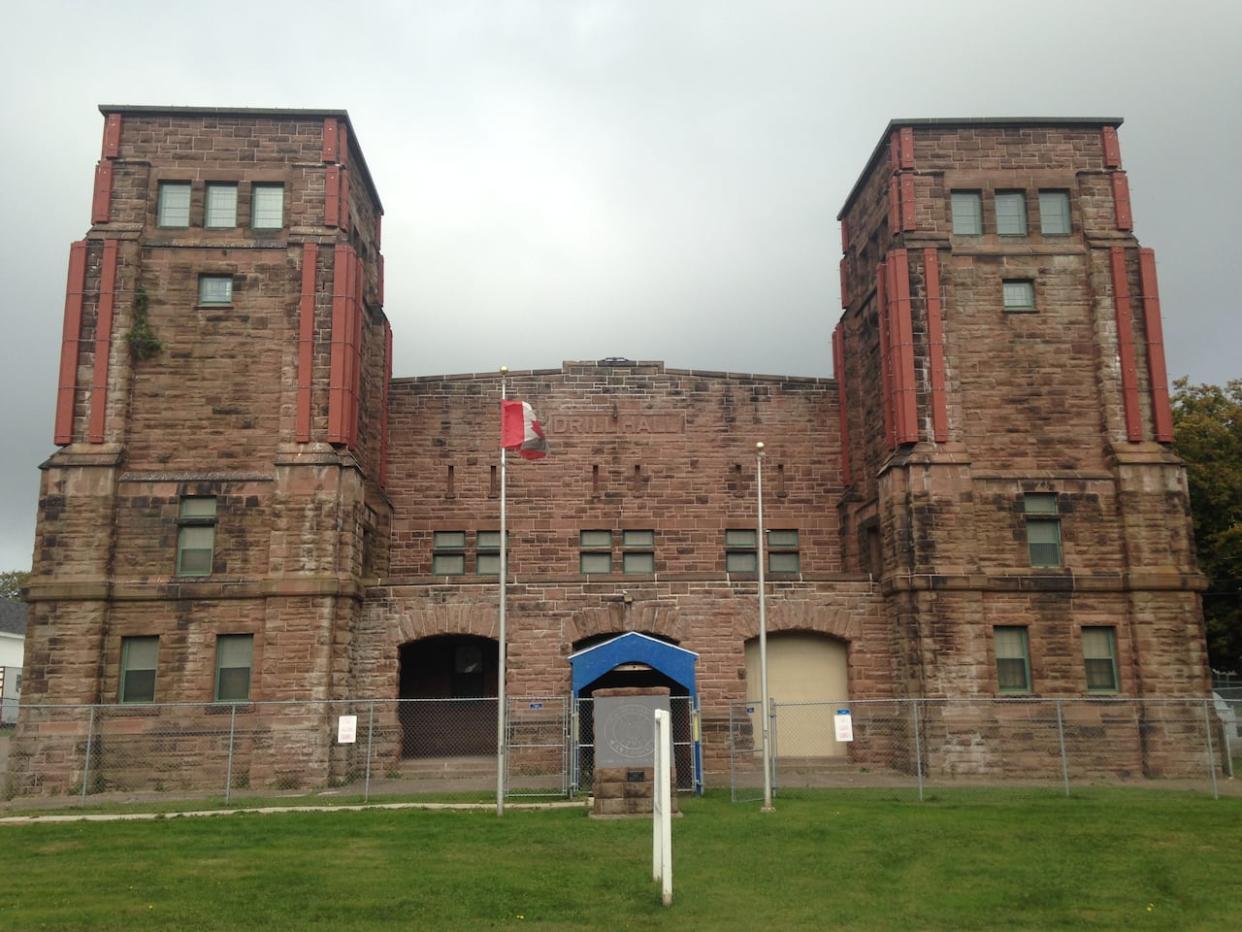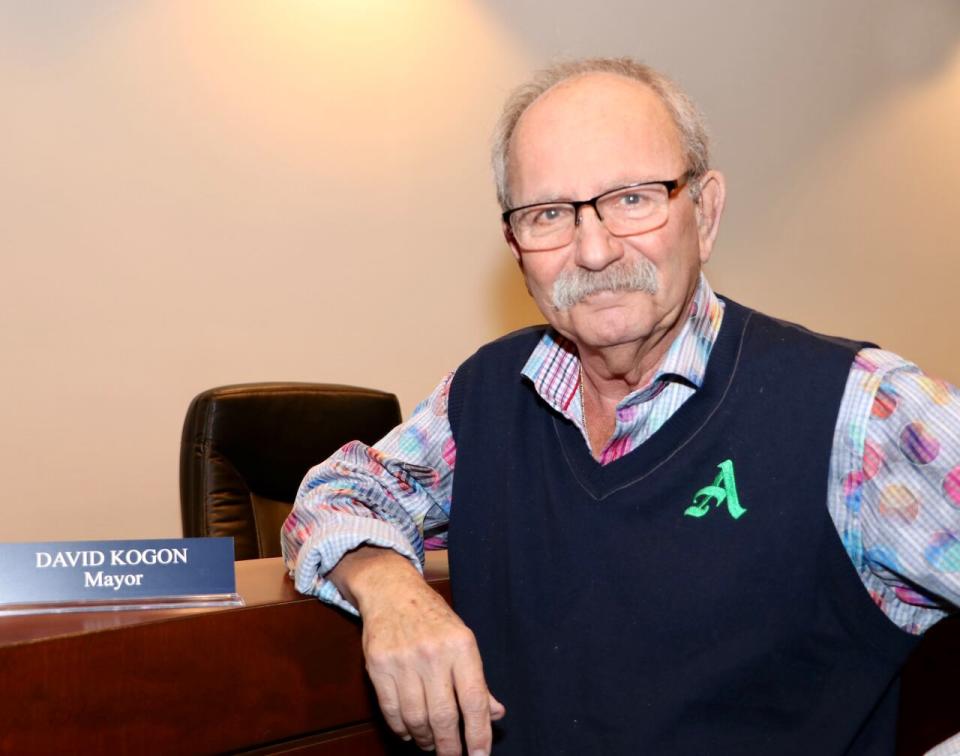Ottawa looks to offload Amherst Armoury to make way for housing

Ottawa says the historic armoury in Amherst, N.S., should be turned into housing, and it is taking steps to offload the property, which was declared surplus nearly a decade ago.
The Amherst Armoury, built in 1915, is one of five surplus buildings named in this week's federal budget that have "potential for housing, and are not needed for National Defence operations."
The budget says the Department of National Defence is working with Canada Lands Company to divest the properties.
It's not clear if that means it would sell or hand over the property, and what kind of stipulations any deal would include to ensure the property is used for housing.
The federal government did not immediately respond to a request for more information about the project. Canada Lands Company said it is in early discussions with DND and could not provide any details.
The announcement caught Amherst Mayor David Kogon off guard, and he said it concerns him.
"Personally, I think that the heritage importance of that armoury outweighs its value as a place to build houses," Kogon said in an interview.

David Kogon is the mayor of Amherst. (Town of Amherst)
The Amherst Armoury was used by the Nova Scotia Highlanders until 2015, at which point the army reserve unit moved to Pictou. Ottawa declared the building surplus in 2016.
It is still home to the North Nova Scotia Highlanders Regimental Museum, and is used by local cadet groups for training and by the public for community gatherings.
'Absolute need' for housing
"We have an absolute need for the entire spectrum of housing, right from affordable housing through to executive single-family homes," Kogon said. "But we have an awful lot of housing development in the works at various stages."
Kogon said there are about 800 units in the works in his town. He welcomes more, and he said he's glad that Ottawa is willing to help, but he said there are other suitable locations available to build new housing.
It's not clear exactly what Ottawa has in mind for armoury, be it renovating the existing structure or tearing it down and redeveloping the property.
Kogon said he thinks both options would be "enormously expensive."
"So we're a little bit wondrous as to just how it would work, and since we've had no ability to discuss, we don't know what the government's thinking on it is."
Previously closed for safety concerns
The armoury was temporarily closed in 2020 after a structural assessment found issues with one of the building's towers, which posed a safety risk.
Subsequent engineering reviews found the sandstone towers were in poor condition, but stable. DND installed covers over entrances, added fencing around the building and reduced its capacity. The reviews found the overall condition of the building ranged from good to poor, and that a number of repairs would be needed over the following decade.
Around that time, Morris Haugg formed the Amherst Armouries Plus Society in the hopes of preserving the building.
Haugg said he wanted to see the building maintained for the museum's use, with the rest converted into a multipurpose space that could include things such as restaurants, offices or a library branch.
He said those plans were not coming to fruition, so he has no opposition to seeing it turned into housing. But only if the facade is saved, and the museum is relocated.
"I have no personal objections to it being turned into public housing, provided that the aspect of the building that represents a monument to history, dedicated to the people that were trained there and then many of whom died, as long as that is maintained."
Like Kogon, Haugg said there are plenty of other locations around the town where new housing could be built.
"We do not have to tear down a monument."
MORE TOP STORIES


